Making the Transition to Milk at 12 Months
What to Know, What to Avoid, and What Actually Matters
At the 12-month mark, your baby is officially a toddler—congrats! 🎉 Alongside walking attempts and food flinging, this stage often comes with a big question: “What do I do about milk now?”
What to do when transitioning to milk.
It is not one size fits all.
Spoiler alert: there’s no universal “right” answer, and yes, it can be confusing. Whole milk? Plant milk? No milk? Grandma says one thing, TikTok says another, and meanwhile, you’re just trying to avoid another diaper blowout.
Let’s break it down.
What To Do When Transitioning to Milk
1. Ease into it—don’t yank the bottle or breast cold turkey.
Start by replacing one feeding at a time with milk in a cup. Morning or after-lunch feeds tend to be easiest.
2. Offer milk in an open cup or straw cup—not a bottle.
The American Academy of Pediatrics (AAP) recommends weaning off bottles around 12–18 months to protect teeth and reduce the risk of ear infections.
3. Prioritize solids first, milk second.
By 12 months, your toddler should be eating 3 meals and 1–2 snacks a day. Milk is now a complement to food, not the main course.
4. Stick to 16 floz of milk per day.
That’s about 2 cups max. Too much milk can lead to iron deficiency and can crowd out actual food.
What Not To Do
✖️ Don’t assume milk is essential.
Cow’s milk is not a requirement. It’s a convenient source of calcium, fat, and vitamin D—but not the only one. If your child eats a well-rounded diet or is still breastfeeding, you can skip it altogether.
✖️ Don’t panic over pickiness.
Some toddlers take to milk like it’s a milkshake. Others give you the stink eye and throw the cup across the room. Both are normal. Don’t force it—there are other ways to get nutrition in.
✖️ Don’t switch to low-fat milk before age 2.
Fat is crucial for brain development. Whole (homo) milk is the go-to unless your pediatrician recommends otherwise.
Cultural and Biological Perspective: Why It’s Not One-Size-Fits-All
Across the globe, milk recommendations vary wildly. In Scandinavian countries, kids drink milk at every meal. In parts of Asia, dairy isn’t part of the toddler diet at all—and those kids grow up just fine.
So take heart: you don’t need to follow one rigid guideline. Let your child’s preferences, cultural background, and dietary needs guide your choices.
Oh, and fun fact? Humans are the only mammal that regularly drinks another mammal’s milk—and keeps doing it past infancy. (Your toddler may act like a baby goat sometimes, but evolution says otherwise.)
Pros and Cons of Homo (Whole) Milk
Pros:
High in fat for brain development
Easy source of vitamin D and calcium
Readily available and familiar
Cons:
Can reduce iron absorption
Can displace solid food if overused
Not necessary if a child is still nursing or has a varied diet
Final Thoughts
Making the milk switch at 12 months doesn’t have to be stressful. You can be flexible. You can choose what works for your family. Whether it’s a slow transition, a dairy-free plan, or sticking with nursing for a bit longer—there’s no gold star for doing it a certain way.
The goal? A healthy, happy toddler who’s learning to eat real food, drink from a cup, and throw things on the floor with flair. You’ve got this.
Feeling like you need more ? want to talk this through with someone? Fill out the form below

